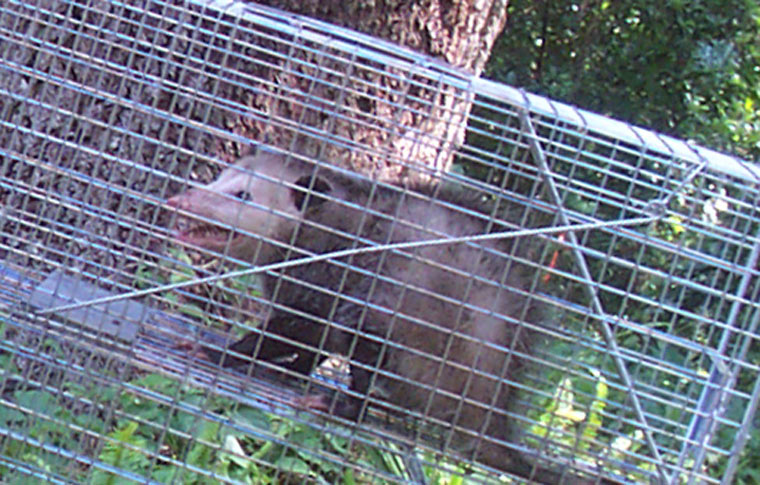-
info@aaanimalcontrol.com
Call us for help in your town
Humane Wildlife Education
How I should relocate a trapped wild animal
Need wildlife removal in your hometown? We service over 500 USA locations! Click here to hire us in your town and check prices - updated for year 2020.
If you have trapped a wild animal, you should check out the laws in your state before taking any further action. It is actually unlawful to release certain species of animal back into the wild, and there are plenty of reasons for this.

Take the humble raccoon as one example. This is an animal that is prone to carrying the rabies virus. The animal doesn't even need to look sick — rabid — in order to be sick, and that's what makes the disease as dangerous as it is. If you trap a raccoon you can’t just release it back into the wild again, because that could spread the rabies virus. The animal will need to be released on the land on which it was found, which doesn't help you if you are a homeowner and you have found it on your land. Alternatively, you must destroy the creature on the land on which it was found. That still means your land.
This is why we suggest leaving it to the professionals.
Other wild animals, such as iguanas, are invasive species, and they’re not actually meant to be there. These animals were once pets, and have either managed to escape free from their enclosures, or they have been deliberately released “into the wild” by negligent pet owners. Sadly, these iguana have flourished. They have started breeding, and this has upset the ecosystem a little. Exactly the same thing has happened with a number of dangerous and venomous or large snakes. The Burmese python is an invasive species to the Everglades in Florida. It was during a hurricane that these serpents were accidentally released into the wild, when the facilities created to breed them were damaged or destroyed in the bad weather, as well as incompetent ex-owners who had allowed them to escape or released them. It is virtually impossible to count how many of these snakes now exist in the wild in Florida, mostly because they spend their entire time trying to hide from the humans who are trying to track them. When they don't want to be found, they are very good hiders. It is believed that they are doing very well out there, however, and the population of these invasive species could run into the hundreds of thousands. One ‘hunt’ in early 2016 saw over one hundred snakes being captured and culled, in a month-long stint. One of thee snakes measured in at a staggering 15 feet long, and was just as intimidating as it sounds.
There are always faux-attacks and images of so-called events circulating on the press, and many of these are just that — fake stories. These snakes rarely attack, but they will if they feel they are threatened or cornered. Sadly, to a snake (or other wild animal), accidentally stepping on it as you are out and about walking innocently could be seen as an attack on the creature, provoking it to retaliate. And, for the record, these serpents are strong enough and large enough to take down animals as large as deer and alligators. As you can imagine, the numbers of these creatures are going down as the population of pythons and other invasive species increases.
Releasing wild animals back into the wild is a very dangerous game, especially when you don't actually know much about the wildlife in your area. Florida is a particularly hard hit area when it comes to invasive species, mostly because of the warm and sub-tropical climate it has to offer. In this state especially, sub-tropical animals thrive when they are released, and this poses a very big problem. Burmese pythons are obviously very dangerous animals, not just to other animals, but to pets, children, and even adults. The same can be said for a host of other species, both invasive and otherwise. Releasing these trapped creatures back into the wild not only causes a problem for other homeowners, and could even backfire if the animal were to find its way back to your home, but also provides a very large problem to the natural world around you. Do yourself and do some research before you go off releasing any wild animal back into the wild.
For more information, you may want to click on one of these guides that I wrote:
How To Guide: Who should I hire? - What questions to ask, to look for, who NOT to hire.
How To Guide: do it yourself! - Advice on saving money by doing wildlife removal yourself.
Guide: How much does wildlife removal cost? - Analysis of wildlife control prices.
animals in the attic
noises in the attic


















